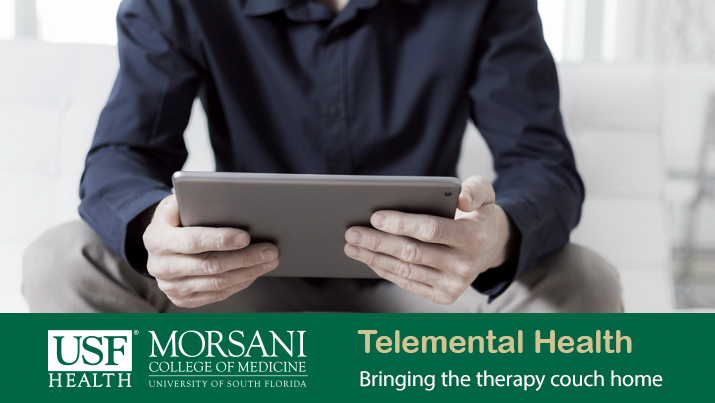The administration of healthcare has become technological in remarkable ways since federal mandates began transforming the field. In addition to sophisticated health record systems, smartphones and social media have further opened up possibilities for providers and patients alike. Now researchers are attempting to harness this technology for one of medical science’s most inexact specialties, which will require additional professionals with a particular blend of healthcare knowledge and technical expertise.
Telehealth is emerging as a viable way to share information with clinicians and is quickly becoming an essential part of the health informatics equation. For some time now, smartphone apps have been developed that enable users to interface with healthcare representatives remotely, send or receive medical data, seek advice on a variety of medical topics, and perform self-monitoring and assessments.
Encompassing healthcare treatment, prevention and education, telehealth may be the future of the industry. In a recent survey, a large majority of people in the 18-34 age group indicated that having this kind of technology available for healthcare best suits their lifestyle.
Using telehealth technology to measure vital signs, facilitate video conferences or provide tips on various healthcare subjects involves fairly concrete objectives. However, what if this same technology was utilized to gauge one’s state of mental health? Something so indeterminate would seem almost impossible to configure to practical, automated programs.
Currently, there are apps that track mood by asking users to fill in surveys, or give reminders to take medication or offer simple tips for coping, but these generally lack much of a foundation in research. More importantly, most require users to be active participants and to have a level of self-awareness that is not realistic in the world of mental health.
The need for technology and innovation is greater than ever in a nation grappling with serious mental health issues. According to the National Alliance on Mental Illness (NAMI), one in four adults experiences some form of mental illness each year, while about 6 percent of the population is living with a serious mental illness such as schizophrenia, major depression or bipolar disorder. According to the U.S. Department of Health and Human Services, 89.3 million people in the U.S. lack access to mental health treatment.
What’s more, the use of this technology taps into the younger generation, where the statistics are equally dire: Roughly 20% of teenagers (ages 13-18) in the U.S. experience severe mental disorders each year, according to NAMI, while suicide is the third-leading cause of death for those ages 15 to 24.
Despite inherent challenges, current research is showing that telemental health might have a successful future as known characteristics are combined with new information that social media and other technology presents.
Researchers in various specialties are working together to come up with a complete set of measures—physiological markers like heart rate and skin temperature, along with patterns based on vocal features, facial expressions and language use—that could help track mental health. To do this, they are gathering video and audio information from volunteers as well as medical data and evidence from previous studies.
One researcher is building on work that has already been done involving social media, in which data was analyzed from the social media accounts and mobile phones of veterans who participated in a study to try to find ways to predict suicide risk. Now, even Twitter accounts are being analyzed, focusing on quantifying signals—whether from the text itself or from the time and location of tweets and degree of interaction—that are relevant to mental health and could potentially lead to intervention.
Researchers envision the final result as a telemental health app that people can acquire through their own proactivity or under recommendation from a mental health provider. The app might periodically engage with the user to gather visual and audio samples, but it would also collect data passively. As the information is processed, the app would flag the patient and the provider if any potential concerns arise, providing a valuable means of evaluating mental stability in between therapy sessions.
As telehealth continues to grow in such diverse ways, new avenues are waiting to be paved in the field of health informatics. New programs and software will need to be developed, health information will need to be made accessible from all reaches of the health care spectrum, and both providers and patients will need to be educated on how to use the technology. Qualified informatics professionals will be eagerly sought to fill positions and advance the field.




